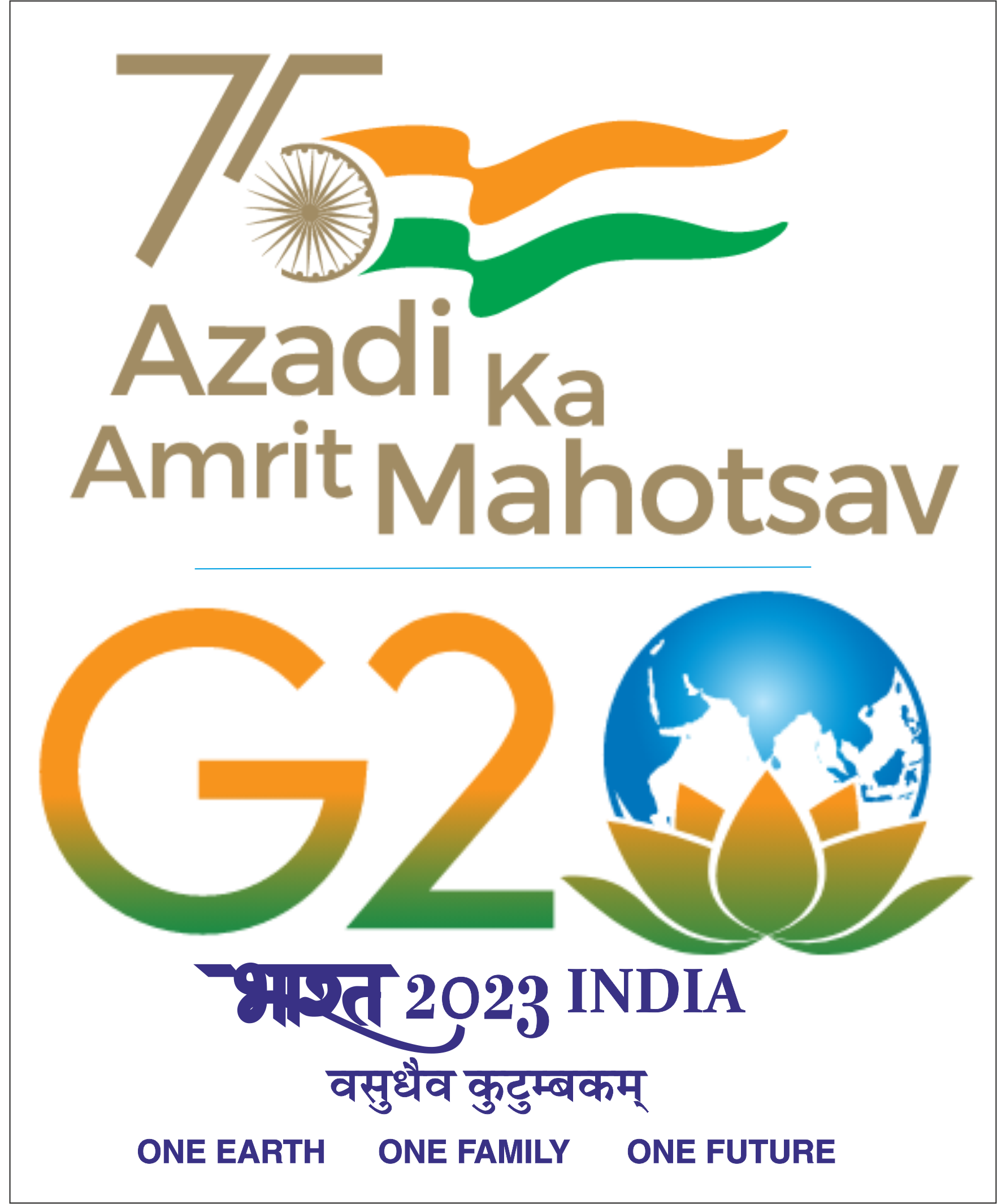Mr. Swaran will present his Pre-synopsis as per the detail below:
Date: Friday, 29th September 2023
Time: 0930 - 1030 hrs.
URL: MS Teams
Title: On the Evolution of Millets in India: A Longue Durée of Agriculture Research and Policy since the 19th Century
Supervisor: Prof. Pennan Chinnasamy
RPC Members: Prof. Satish B. Agnihotri, Prof. D. Parthasarathy, Prof. Srijit Mishra
Abstract:
Cereal cultivation was fundamental in supporting the early human civilisations and the social structure that sustained them. Currently, about 50% of the daily calorie needs of humans are met by cereal grains. Though around 35 cereals are globally under cultivation, 50% of the daily dietary energy is derived from just three: Rice, Wheat and Maize. The relative ease of storage, processing and transport of these three cereals has favoured their proliferation in geographies conducive to their cultivation. Later, humans modified geographies to make them conducive for growing these cereals. In this process, some of the cereals have faded into the margins. They came to be identified along with the Neglected and Underutilised Species (NUS) of crops. This includes some of the first cereals cultivated in South Asia and India, i.e., millet. India is the current global leader in millet production, and these small grain cereals are collectively the third most-produced cereal in the country. But this masks another layer of marginalisation within millets of the small millets. Statistics and scholarship on India's agriculture production and food consumption show a gradual decline in the area under cultivation and per-capita dietary intake of small millets since the 1960s, coinciding with the Green Revolution (GR) package of practices and policies. Since the 2010s, union and state governments in India have undertaken various programmes and policies to support millets. Govt. of India declared 2018 as the National Year of Millets and led a successful campaign in the UN, leading to the declaration of 2023 as the International Year of Millets. As of August 2023, twelve states in India have millet programmes independent of those by the union government. The general narrative underpinning all these programmes refers to course corrections of GR policies and addressing malnutrition. However, civil society organisations have been working towards these policy changes for at least four decades. Also, the impacts of GR policies and the potential role of millet in alleviating malnutrition have been known since then. So, what explains the increasing impetus for millets in India since the early 2010s? Addressing this question needs a better understanding of the marginalisation of millets. This study takes a longue durée historical approach to understanding the marginalisation and the revival of millets in India, beginning from the early 19th century. While the long durée approach dictates the time frame considered, setting the starting point at the 19th century is informed by the history of agricultural research and policy in India, which explores millets' evolution. The more than two-century-long time frame is divided into three periods based on the developments in agriculture research and policy. In the first period, we discern the representation of millets in early agriculture research vis.a.vis. its cultivation and consumption in various parts of the Indian subcontinent. The second period examines the state of millets in state-led research and policies. The third period is about circumstances that led to the changing role of millets in India's agri-food system. Historical sources are almost exclusively textual, dictating the Thematic Analysis and Qualitative Content Analysis methods used. For recent time periods, stakeholder interviews and case studies are also employed. We show how the 'unruly' millets grown (often thrown with other cereals and pulses) in common lands went against the British ideals of cultivation on privately owned property. Regionally, locally, or even hyper-locally grown small millets were largely cultivated and consumed within certain geographies, limiting commercial interests. Hence, they stayed outside the interest of amateur researchers. However, in the late 19th century, we can see the British administrators critiquing the naivety of their colleagues in famishing the famine-affected people in South India by supplying them with imported rice against their staple and nutritionally superior millets. Further, in the same period, we see historical contingencies making millets a cash crop for a brief period. This study betters the current understanding of 19th-century agricultural research in India. A two-century-spanning study on millets in India through the history of agriculture research and policy lens may probably be another new contribution. The results on factors related to the change in the longstanding frame of millets as poor people's cereal have lessons for ongoing millet revival programmes and the NUS crops in general.Event Date:
Friday, September 29, 2023 - 09:30 to 10:30





